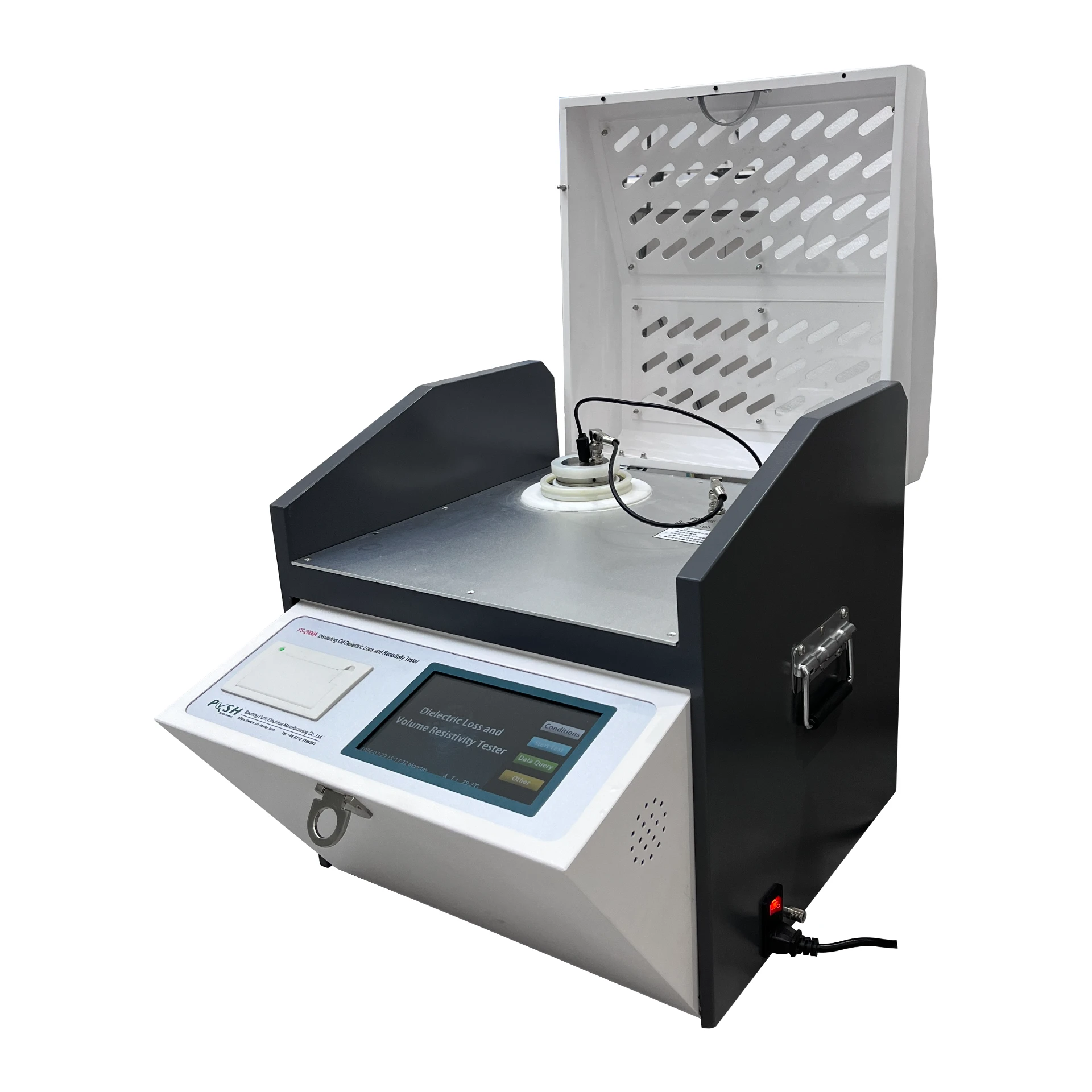 English
English



-
 Afrikaans
Afrikaans -
 Albanian
Albanian -
 Amharic
Amharic -
 Arabic
Arabic -
 Armenian
Armenian -
 Azerbaijani
Azerbaijani -
 Basque
Basque -
 Belarusian
Belarusian -
 Bengali
Bengali -
 Bosnian
Bosnian -
 Bulgarian
Bulgarian -
 Catalan
Catalan -
 Cebuano
Cebuano -
 China
China -
 China (Taiwan)
China (Taiwan) -
 Corsican
Corsican -
 Croatian
Croatian -
 Czech
Czech -
 Danish
Danish -
 Dutch
Dutch -
 English
English -
 Esperanto
Esperanto -
 Estonian
Estonian -
 Finnish
Finnish -
 French
French -
 Frisian
Frisian -
 Galician
Galician -
 Georgian
Georgian -
 German
German -
 Greek
Greek -
 Gujarati
Gujarati -
 Haitian Creole
Haitian Creole -
 hausa
hausa -
 hawaiian
hawaiian -
 Hebrew
Hebrew -
 Hindi
Hindi -
 Miao
Miao -
 Hungarian
Hungarian -
 Icelandic
Icelandic -
 igbo
igbo -
 Indonesian
Indonesian -
 irish
irish -
 Italian
Italian -
 Japanese
Japanese -
 Javanese
Javanese -
 Kannada
Kannada -
 kazakh
kazakh -
 Khmer
Khmer -
 Rwandese
Rwandese -
 Korean
Korean -
 Kurdish
Kurdish -
 Kyrgyz
Kyrgyz -
 Lao
Lao -
 Latin
Latin -
 Latvian
Latvian -
 Lithuanian
Lithuanian -
 Luxembourgish
Luxembourgish -
 Macedonian
Macedonian -
 Malgashi
Malgashi -
 Malay
Malay -
 Malayalam
Malayalam -
 Maltese
Maltese -
 Maori
Maori -
 Marathi
Marathi -
 Mongolian
Mongolian -
 Myanmar
Myanmar -
 Nepali
Nepali -
 Norwegian
Norwegian -
 Norwegian
Norwegian -
 Occitan
Occitan -
 Pashto
Pashto -
 Persian
Persian -
 Polish
Polish -
 Portuguese
Portuguese -
 Punjabi
Punjabi -
 Romanian
Romanian -
 Russian
Russian -
 Samoan
Samoan -
 Scottish Gaelic
Scottish Gaelic -
 Serbian
Serbian -
 Sesotho
Sesotho -
 Shona
Shona -
 Sindhi
Sindhi -
 Sinhala
Sinhala -
 Slovak
Slovak -
 Slovenian
Slovenian -
 Somali
Somali -
 Spanish
Spanish -
 Sundanese
Sundanese -
 Swahili
Swahili -
 Swedish
Swedish -
 Tagalog
Tagalog -
 Tajik
Tajik -
 Tamil
Tamil -
 Tatar
Tatar -
 Telugu
Telugu -
 Thai
Thai -
 Turkish
Turkish -
 Turkmen
Turkmen -
 Ukrainian
Ukrainian -
 Urdu
Urdu -
 Uighur
Uighur -
 Uzbek
Uzbek -
 Vietnamese
Vietnamese -
 Welsh
Welsh -
 Bantu
Bantu -
 Yiddish
Yiddish -
 Yoruba
Yoruba -
 Zulu
Zulu
transformer oil flash point test
Understanding the Flash Point Test for Transformer Oil
Transformer oil is an essential component in the efficient and safe operation of transformers used in electrical power systems. One of the critical characteristics of transformer oil is its flash point, which is a measure of the temperature at which the oil can form ignitable vapor in air. Determining the flash point is vital for assessing the oil's fire safety and overall performance in electrical applications. This article aims to provide an overview of the flash point test, its significance, and the methodologies used for measurement.
Importance of Flash Point
The flash point of transformer oil is a key indicator of its ignitability and potential fire risks. A higher flash point generally implies a greater safety margin in operation, as it reduces the likelihood of accidental ignition due to overheating or electrical discharge. Electrical equipment operates under high voltages and temperatures, making it crucial to utilize insulating fluids with appropriate flash points to minimize fire hazards.
Testing Standards
The measurement of the flash point of transformer oil is usually conducted according to established international standards, such as ASTM D92 (Cleveland Open Cup Method) and ASTM D93 (Pensky-Martens Closed Cup Method). These standards outline the procedures and equipment required for accurate testing, ensuring consistency and reliability in results.
1. Cleveland Open Cup (ASTM D92) This method involves heating the oil in an open cup and periodically passing an ignition source over the surface. The temperature at which the oil momentarily ignites is recorded as the flash point. This method is useful for oils with higher flash points and provides an indication of the oil’s performance in real-world conditions.
transformer oil flash point test

2. Pensky-Martens Closed Cup (ASTM D93) In contrast, this method uses a closed cup system, where the sample is contained to prevent vapor dispersal. The ignition source is introduced in a controlled manner, making this method suitable for oils with lower flash points. The closed nature of the test helps in providing a more reliable measure of the flash point under various environmental conditions.
Analyzing Results
The results of the flash point test provide valuable information about the transformer oil's thermal behavior. Typically, transformer oils have a flash point ranging from 130°C to 140°C (266°F to 284°F). If the flash point of the oil drops significantly, it may indicate contamination or degradation, necessitating further investigation and potential replacement of the oil.
In addition, the flash point can also be an indicator of the oil's quality. Regular testing can be a part of a preventive maintenance program, allowing utility companies and transformer operators to make informed decisions regarding oil reclamation, replacement, or treatment processes.
Conclusion
The flash point test for transformer oil is a critical element in ensuring the safe operation of electrical transformers. By adhering to standardized testing methods and regularly monitoring the flash point, utilities can reduce the risk of fire hazards and enhance the reliability of their equipment. The astute management of transformer oil properties contributes to operational efficiency, equipment longevity, and ultimately, the safety of electrical distribution systems. As technology and methodologies continue to evolve, ongoing advancements in oil analysis will further support the safe and reliable operation of transformers in the ever-growing energy landscape.
-
Testing Equipment Industry Sees Major Advancements in 2025: Smart & Precision Technologies Lead the WayNewsJun.06,2025
-
Applications of Direct Current Generators in Renewable Energy SystemsNewsJun.05,2025
-
Hipot Tester Calibration and Accuracy GuidelinesNewsJun.05,2025
-
Digital Circuit Breaker Analyzer Features and BenefitsNewsJun.05,2025
-
Benefits of Real-Time Power Quality Monitoring Devices for Industrial EfficiencyNewsJun.05,2025
-
Earth Fault Loop Testing in High-Rise Building Electrical SystemsNewsJun.05,2025



